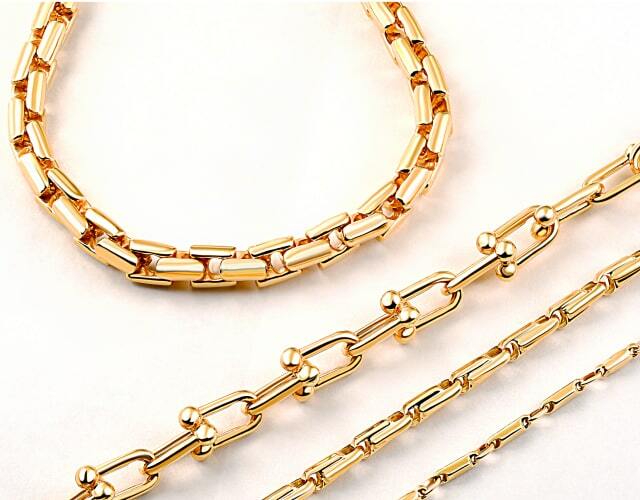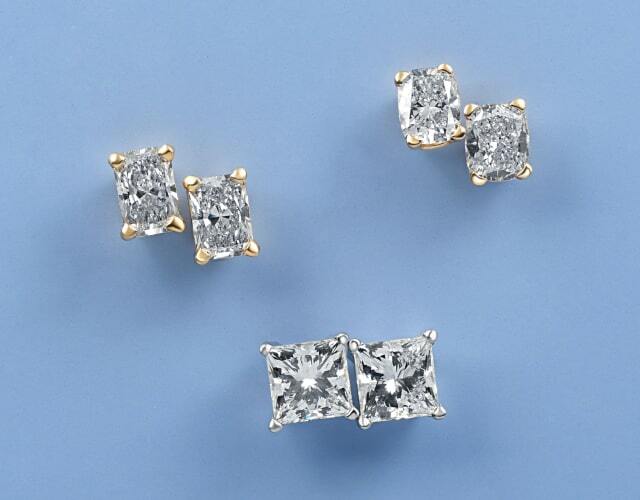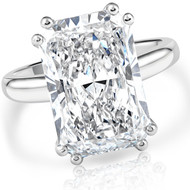How are diamonds made?
Aug 25, 2024
Diamonds are one of nature's most celebrated creations, adored for millennia by lovers everywhere and often seen as symbols of commitment or wealth - diamonds have long been treasured relics! But have you ever asked yourself: How are diamonds made? Their formation involves amazing natural forces as well as cutting-edge technological processes! We will explain this journey here on Pompeii3 - from their birth deep within Earth to becoming sparkling gems that grace wedding ring sets or other jewelry items!
How Diamonds are Formed at Great Depths of the Earth
Diamonds are created through a process that occurs in the Earth’s mantle at a depth of between 240 and 390 kilometers, or 150 to 75 miles below the Earth’s surface. Carbon atoms in these depths undergo conditions of temperature above 1000 degrees Celsius (1832 Fahrenheit) as well as pressures in access of 725000 psi (5 Gpa). The molecules of carbon under such pressure combine to form crystals and this results in the hardness that is characteristic of each diamond.
Over millions of years, diamonds slowly move toward the Earth's surface via volcanic eruptions and are transported in rocks known as kimberlites and lamproites; once nearer its surface, these rocks erode allowing the diamonds to be mined for mining purposes.
Process for Mining Diamonds
Diamonds arrive on Earth through various processes and mining methods; depending on where and what kind of deposit exists (primary kimberlite or secondary alluvial).
- Primary Deposits: Primary deposits can be mined in either open-pit or underground mining operations wherein kimberlite pipes are extracted, crushed, and processed to recover diamonds.
- Secondary Diamond Deposits: These involve mining diamonds that have been transported through natural forces like rivers and streams; such diamonds typically can be found along riverbanks, beaches, or offshore and can be extracted via panning or dredging techniques.
At Pompeii3, all our diamonds are carefully and ethically sourced according to industry-grade standards.
Cutting and Polishing Process
After being mined, diamonds do not yet emerge as beautiful gems that grace gold engagement rings and cross necklaces; rather they require cutting and polishing to bring out their full brilliance and fire.
- Cleaving or Sawing: A rough diamond is cut along its natural grain lines into smaller and easier-to-manage pieces through cutting tools or saws.
- Bruting: Diamonds that undergo this technique have their shape altered into round forms, the most preferred shape used in jewelry such as wedding ring sets.
- Faceting: This is the step that involves cutting the diamond to form facets or flat surfaces to enable it to reflect light in the best way.
- Polishing: The diamond is cut to refine its facets and shape to smoothen the surface and make it shine to the maximum.
Diamond as a Sign of Commitment
Diamonds have traditionally represented love, commitment, and the promise of shared futures; hence their association with rings as symbols of engagement. At Pompeii3 we provide an impressive range of gold engagement rings featuring gorgeously cut diamonds suitable for celebrating life's milestone moments.
Diamonds have long been used as engagement rings; however, their sparkle and elegance have now made an appearance in other forms of jewelry such as gold chains and cross necklaces, where smaller diamonds may also be set into them to add extra elegance and shine.
Final Thoughts
How are diamonds made? From its formation deep beneath the Earth to being set into jewelry pieces like wedding ring sets or gold chains to commemorating special moments in your life - each diamond's journey is remarkable. At Pompeii3, we take great pleasure in offering stunning diamond jewelry including wedding ring sets, gold chains, cross necklaces, and engagement rings that showcase its natural beauty and charm - ideal pieces to commemorate some of life's most unforgettable milestones!
 -
-  -
- 
 Engagement Rings
Engagement Rings
 Tungsten
Tungsten Wedding Rings
Wedding Rings
 Fine Jewelry
Fine Jewelry
 Diamond Studs
Diamond Studs
 Up To 80% Off
Up To 80% Off
 Find The Perfect Gift
Find The Perfect Gift
 White Gold
White Gold
